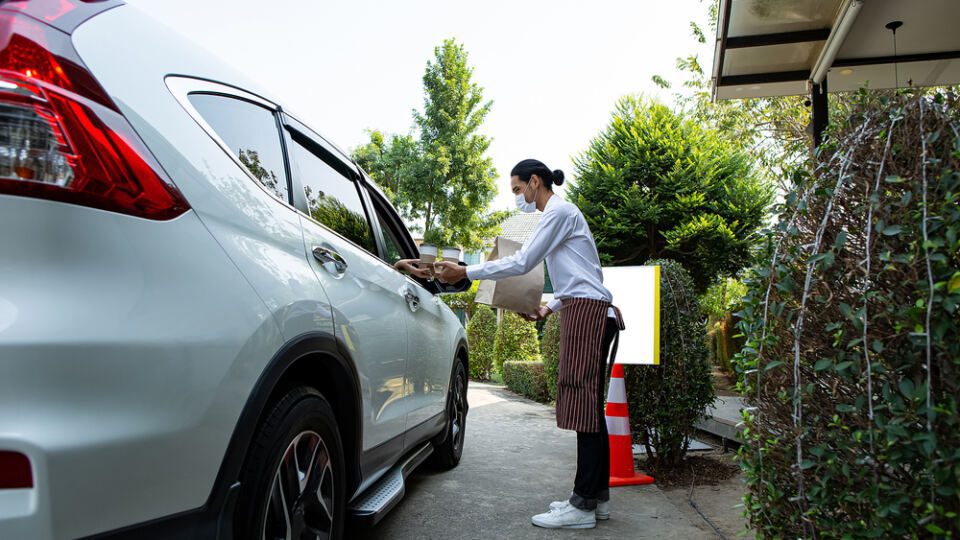Over the past 18 months, retailers have been working hard to figure out how they can continue to meet and exceed customer demand when it comes to receiving orders, all while thinking about the next thing that will come their way. What many have found is that the ability to localize the last mile is a tremendous competitive advantage, especially as many retailers are beginning to entertain options like 10-minute delivery.
It is not unrealistic to say that within the next five years, the last mile will be significantly more local, with retailers offering more localized delivery options. This trend has already become evident with curbside pickup, which has become one of the fastest-growing models within fulfillment. But implementation hasn’t been easy on retailers. For example, in order to offer curbside pickup for customers, some retailers have gone so far as to completely change their store format, thus reducing customer space. On the back end, retailers have had to strengthen their technology in order to ensure a seamless operation takes place.
Other challenges that retailers face when implementing new fulfilment models include: staff resources during a time when there are already shortages across the entire retail ecosystem; addressing specific needs and capacity for various locations as a one-size-fits-all approach does not always work; parking and traffic concerns at individual locations; and visibility into the status of orders.
Despite these issues, curbside pickup allows retailers to maximize all parts of their location, from sidewalk to parking lot. Along with this, it gives customers the convenience of ordering online while maintaining the retail interaction that they are familiar with, without the additional cost and complexity of adding delivery capacity. By offering more buying options, businesses can attract a wider range of customers that look for different modes of shopping. Although there are several roadblocks facing retailers looking to adopt curbside pickup, certain steps can be taken to ensure a seamless implementation.
Advertisement
First, retailers should provide online shoppers with reliable pickup options by syncing inventory in physical stores with the online store. Ideally, this should include listing the available pickup locations and time slots per day, based on inventory location, retail store hours and capacity. In order for the information to be accurate online, inventory must be tracked in real time. When someone is ready to buy online, chooses a pickup option and completes online checkout, they should receive a digital order confirmation containing their order details.
The next step in adapting curbside pickup is implementing a technology service that syncs picking and prepping, staging and loading of online orders with customer arrival. This prevents curbside congestion and ensures the optimal efficiency for staging and pickup staff. An app with real-time tracking (which customers can opt into) also can help the retailer coordinate timing between the incoming vehicle and the available parking spaces and store associates. This reduces potential congestion in the pickup area. Retailers should also make sure they have an app in place that provides both customer and store interfaces, which lets the store associate direct each car to the optimal pickup location in real time.
Other technology practices that should be adapted in order to find success with curbside pickup are automated customer check-ins and applications that help store staff and customers easily identify the relevant order. This is where contactless delivery and pickup solutions come into play. The best curbside delivery pickup programs are completely contactless. This allows customers to be directed to exactly where they need to park their car, and be told how to pay — and store teams should know exactly which vehicle they need to find, and load the order into — with no contact between them. In order for this to be done through a contactless curbside pickup flow, all communications should be digitized and automated.
Finally, retailers should track, measure and analyze performance from each physical store and store team to track and improve curbside performance. This will allow retailers to pinpoint pain areas and improve the overall experience for customers.
Each of these steps is essential for a scalable, efficient pickup operation. Much like the practice of curbside pickup, these steps are flexible and can be changed and adapted to each unique storefront as needed. Now more than ever, it is critical that retailers offer their customers a positive experience that is competitive with other businesses, and a seamless pickup system will allow for this. With the proper technology and management, any business can quickly and seamlessly adopt this innovative and growing service.
Guy Bloch is CEO of Bringg. He has nearly 20 years of experience leading large organizations in the global enterprise software market and transforming them into highly successful hyper-growth environments. He joined Bringg after spending 6 years in senior leadership roles at Splunk (Nasdaq: SPLK), most recently as COO EMEA. Bloch has an MBA from the New York Institute of Technology and a BA from Ben-Gurion University.




